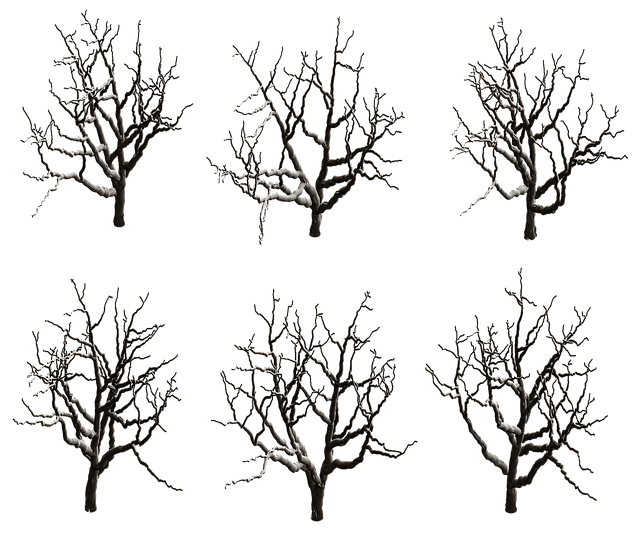Expert Tree Removal Plano TX: Safely Managing Urban Forest Diseases
Tree diseases pose significant risks to properties in Plano, Texas. Professional arborist assessment…….
Tree Removal Plano Tx Matters - Here\\\'s The Case For It
An Introduction to tree-removal-plano-tx.instantupdate.net. - The Official Guide
Welcome to an extensive exploration of tree removal practices within the vibrant city of Plano, Texas, USA. This article delves into the intricate world of urban forest management, specifically focusing on the strategies, challenges, and innovations surrounding the removal of trees in urban settings. Plano, with its rich history and thriving urban landscape, serves as a prime example of a city grappling with the delicate balance between urban development and green spaces. By examining tree removal processes, we aim to provide valuable insights for urban planners, arborists, and residents, ultimately contributing to more sustainable and harmonious cities.
Definition: Tree removal, in the context of Plano, Texas, refers to the planned and controlled process of extracting trees from urban areas, including parks, streetscapes, and private properties. This practice is a critical component of urban forest management, which involves the proactive care and maintenance of trees within an urban environment.
Core Components:
Tree Assessment: Expert arborists conduct thorough inspections to evaluate tree health, structural integrity, and potential hazards. This step is crucial for determining the necessity and method of removal.
Planning and Permits: A comprehensive plan is developed, considering factors like root systems, surrounding structures, and traffic management. Necessary permits are obtained from local authorities to ensure compliance with regulations.
Removal Techniques: Depending on tree size and location, various methods are employed:
Disposal and Recycling: Proper disposal of tree material is essential for environmental sustainability. This includes chipping wood for mulch, recycling, or responsible landfilling.
Historical Context:
Plano’s urban forest has evolved alongside the city itself. Over the years, the city has implemented various initiatives to enhance its green infrastructure. Tree removal has been a strategic component of these efforts, ensuring the safety and health of both trees and citizens. Historically, Plano has faced challenges related to rapid urban growth, leading to increased competition for space between trees and development projects.
Significance:
Tree removal practices are not confined to Plano; they resonate globally, with each region adopting unique approaches shaped by local conditions and priorities.
International Influence:
Key Trends Shaping Tree Removal:
Sustainability Focus: A global push for sustainable cities has led to more eco-conscious tree removal practices, emphasizing recycling and native species preservation.
Data-Driven Management: Advanced technology enables precise tree inventory management and risk assessment, optimizing removal efforts.
Community Engagement: Many cities now involve residents in decision-making processes, fostering a sense of ownership over urban forests.
Regional Variations:
The economic landscape surrounding tree removal in Plano is dynamic, influenced by various factors that contribute to a thriving industry.
Market Dynamics:
Investment Patterns:
Economic Impact:
Plano’s tree removal industry has embraced innovation, adopting advanced technologies and techniques to enhance efficiency, safety, and sustainability.
Modern Technologies:
Drone Surveillance: Drones equipped with high-resolution cameras assist in tree assessments, providing detailed aerial views for accurate risk analysis.
GPS Tree Mapping: Advanced GPS technology enables precise tree location and mapping, aiding in efficient removal planning.
Remote Sensing: Satellite imagery and remote sensing data help arborists monitor tree health and identify potential issues early on.
Innovative Techniques:
To illustrate the practical application of tree removal strategies, consider a recent project in downtown Plano involving the removal of an ancient oak tree.
Scenario:
A mature red oak tree, estimated to be over 150 years old, stood on a busy city square. Despite its age, it displayed signs of decline and posed a potential risk due to its proximity to high-traffic areas.
Process:
Initial Assessment: Arborists conducted a comprehensive inspection, confirming the tree’s declining health and structural instability.
Community Consultation: The city organized public meetings to discuss the removal, fostering community engagement and understanding.
Planning and Permitting: A detailed removal plan was developed, considering traffic management and potential impacts on nearby businesses. Necessary permits were obtained.
Removal Execution: Skilled arborists used precision cutting techniques to remove the tree while minimizing damage to surrounding sidewalks and buildings.
Disposal and Recycling: The wood was chipped and processed into high-quality mulch, which was later donated to local parks and community gardens.
Outcomes:
While tree removal is an essential component of urban forest management, it is not without challenges and ethical dilemmas.
Common Challenges:
Ethical Considerations:
To ensure successful and sustainable tree removal practices, Plano and other cities can adopt best practices grounded in research and industry expertise.
Key Best Practices:
Comprehensive Planning: Develop long-term urban forest management plans involving diverse stakeholders, including arborists, urban planners, and community members.
Data-Driven Decisions: Utilize tree inventory databases, risk assessment tools, and advanced technologies to inform removal decisions.
Public Education: Raise public awareness about the importance of tree removal, its benefits, and potential impacts through informative campaigns and events.
Incentivize Responsible Practices: Offer incentives for property owners who maintain trees and remove hazardous ones promptly.
Foster Collaboration: Encourage partnerships between local governments, arborist companies, researchers, and community groups to share knowledge and resources.
Sustainable Disposal: Implement strategies for proper disposal and recycling of tree material to minimize environmental impact.
Tree removal in urban settings is not merely a task but a strategic endeavor that shapes the character and livability of cities. Plano’s experience provides valuable insights into managing urban forests effectively, balancing the needs of citizens and the environment. As cities continue to grow and evolve, adopting innovative practices and embracing technology will be essential for creating sustainable urban landscapes. By learning from each other and sharing best practices, urban planners and arborists can ensure that our cities remain not only vibrant but also harmonious with nature’s gifts, including the resilient urban forests that adorn them.

Tree diseases pose significant risks to properties in Plano, Texas. Professional arborist assessment…….

Tree removal in Plano, TX, demands expert arborist services that go beyond standard tree cutting. Pr…….

In densely populated areas like Plano, Texas, where real estate values are high, professional tree r…….

In Plano, TX, understanding and addressing tree diseases early is crucial for maintaining lush lands…….

In the rapidly growing city of Plano, Texas, professional tree removal services (Tree Removal Plano…….

Regular tree safety assessments in Plano, Texas, are crucial for secure and diverse urban spaces. Ar…….

In vibrant, urban Plano, Texas, balancing development with nature requires expert tree removal servi…….

Effective tree debris hauling services in Plano, Texas, are vital for maintaining a safe, aesthetica…….

Tree trimming and removal services in Plano, TX, are essential for maintaining a safe, healthy, and…….